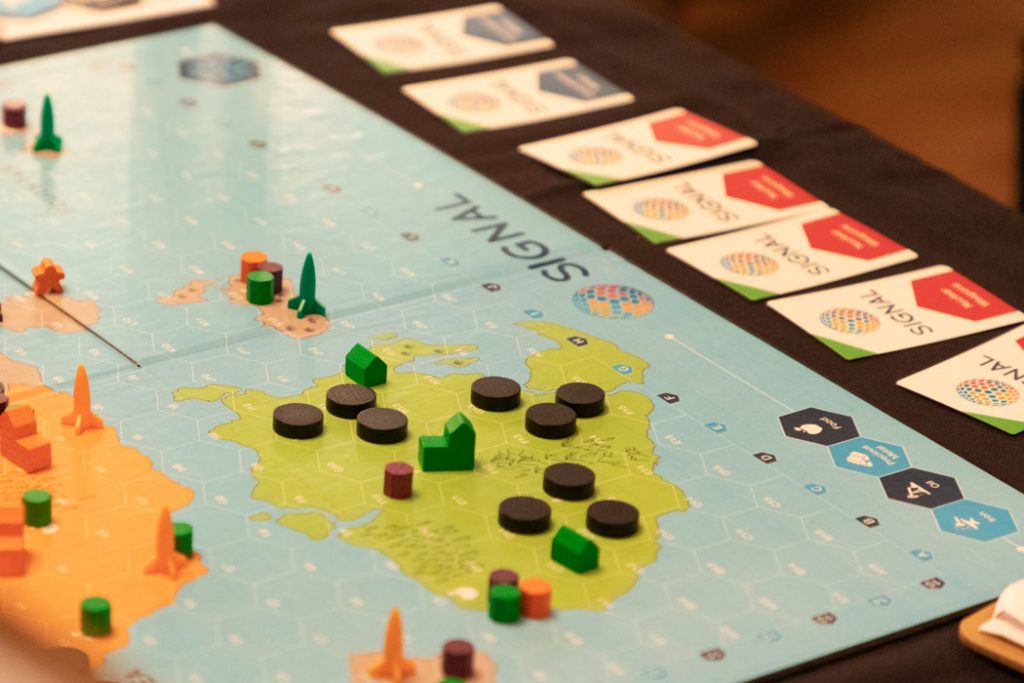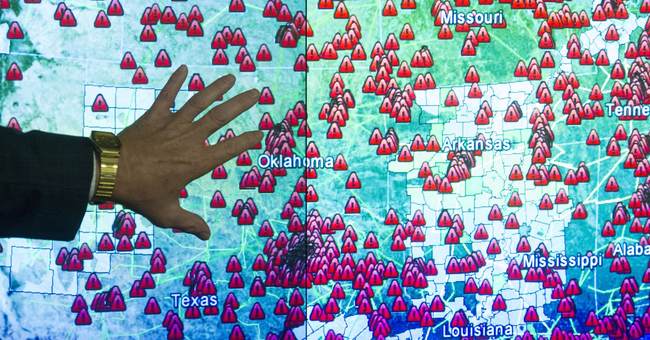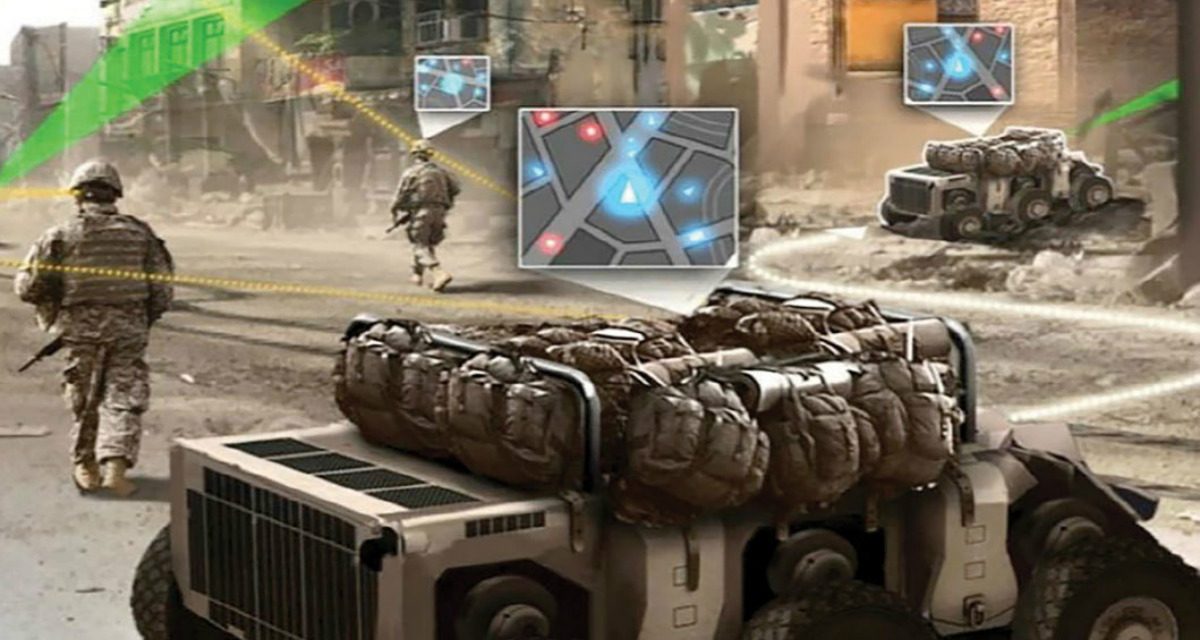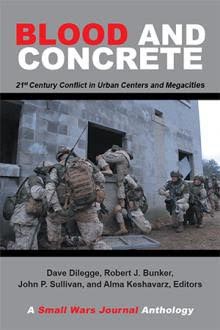Even though it’s been around in some form or other for over sixty years, the last decade has seen the rapid growth of Artificial Intelligence (AI) globally thanks to massive technological advancements in the field. The result is that AI – which refers to computer systems that are able to perform tasks which normally require human intelligence – has become part and parcel of everyday life.
But as personal digital assistants like Siri and Bixby become the norm for consumers, technological revolutions are brewing across the world with companies and economies looking to leverage AI-related advancements to boost growth. In India, businesses like Swiggy and Zomato, which have invested heavily in AI over the past couple of years, have witnessed the power of technology to both sustain and increase growth -- and this has steered the discussion towards AI’s potential.
According to a recent Accenture study, AI can add US$957 billion (15% of current gross value added) to India’s economy by 2035. It’s no surprise then, that the government has introduced bold, multi-pronged initiatives to augment labor productivity and innovation with an eye to driving growth.





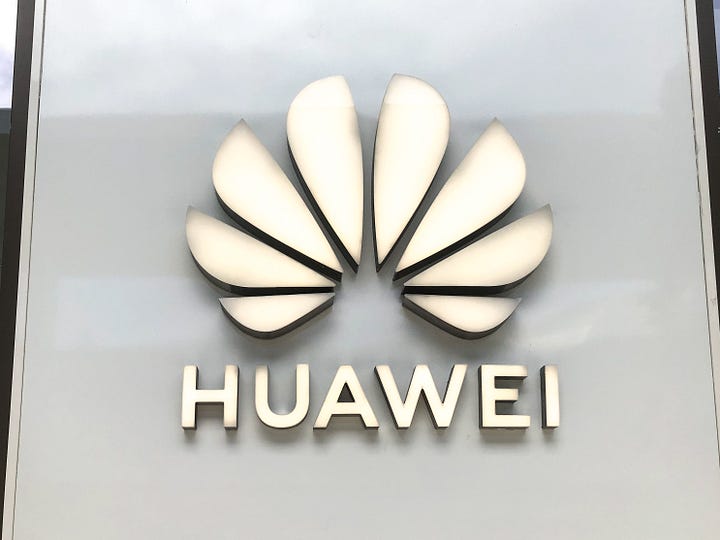




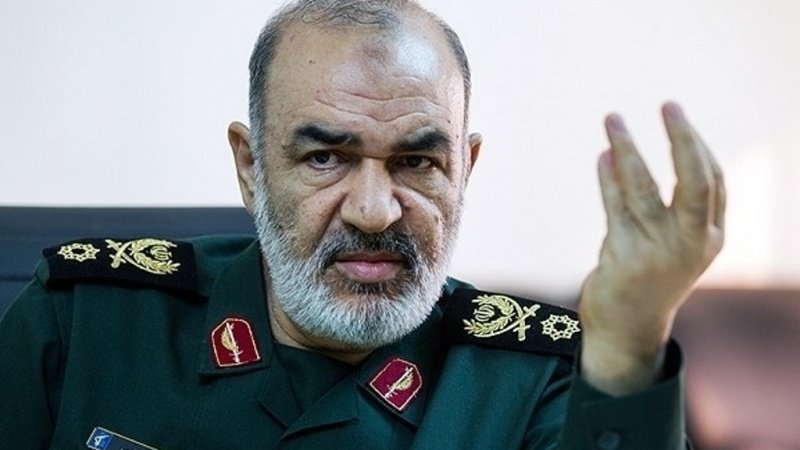

.png)
